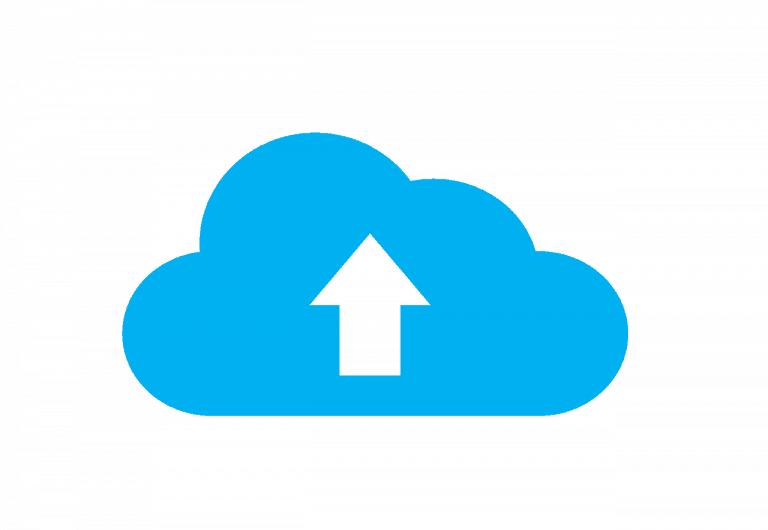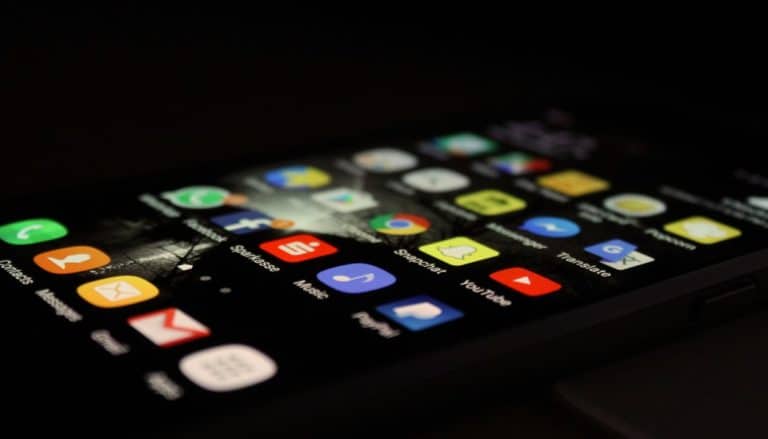Fiber vs Ethernet: Which is Better?

In the world of telecommunications, there are two types of cables that dominate the transmission lines. One of them uses optical fiber and beams of light to send signals. The other runs on electrical signals relayed through twisted pairs of copper wire. Both of these have become major parts of how the world is networked and communicates. However, which of the two is better?
Both types of cables have been in use for decades now, made by reputable manufacturers such as otscable. The technical specifications, strengths, and weaknesses are all known. What remains is the analysis of which one would be better, and what might hinder their full adoption across the board.
The Tale of the Tape
On the one hand, Ethernet technologies are getting press lately. New applications and existing ones abound. Some of them use Power over Ethernet to power LED lights. These cables are still the standard way of connecting a terminal to a router or switch. They also see use in various contexts, such as industry and the military.
On the other hand, fiber has its own advantages. The speed is faster because light travels faster than electrical current. The amount of data it can transfer at once is larger, and the transmission itself more reliable. The signal also retains its strength over longer distances than copper cables, so you need less support infrastructure in place than you would traditional Ethernet.
Interference Comparison
Interference is, of course, going to be an issue for both types of cables. This can cause weaker signals or even total loss of transmission, even without making any physical damage. However, even here there is a difference. In particular, one type of cable is better at protecting itself without additional shielding than the other.
EMI
Electromagnetic interference is perhaps the biggest bane of a copper ethernet cable. Anything that creates EMI can be a source of disruption, and there are a lot of ways to make those. Even just running the cables in parallel to electrical wires can cause interference of this sort. Radio signals are also a potential cause of problems.
Fiber optic cables don’t have this problem. Since the transmissions use light, electrical current and electromagnetic fields are not a concern. They are unable to disrupt the flow of the data in any manner. This lets people run fiber optics through areas and situations that would otherwise produce more noise than ethernet copper can handle. However, that doesn’t mean that noise and interference aren’t possible for these.
Signal Loss
The design of a fiber cable is such that the reflective glass and plastics used are protected by an outer layer. If this layer is damaged such that it exposes the inner core, that is a problem. The light being reflected can slip out, rather than remain contained. This will cause a loss of data. The other possibility is if any impurities, from water to solid particles, get into the cable. This too will disrupt the reflections necessary to transmit.
Intersymbol Interference
Another potential flaw of fiber optics is intersymbol interference. Each cable uses multiple beams of near-monochromatic light for sending signals. In instances when the two beams of light interfere with each other, the signal can degrade or the data can become inaccurate.
Fiber vs External Interference
However, overall fiber optic cables are more resilient against external interference. EMI and radio signals are very common in the modern world, and these are highly disruptive to copper cables. It requires them to have shielding to survive in more intense environments, which drives up the price. In contrast, fiber optics don’t need that sort of shielding.
Other Factors
Both types of cables can be outfitted with jackets that protect them from harsh environments and conditions. These include extreme heat and cold, which are the bane of any electronic system.
Prevalence
One advantage Ethernet has over fiber is that it is simply more common. From industrial sites to offices, copper cabling is everywhere that needs a network. While fiber might be making headway into industries such as aeronautics, for the most part, copper remains more prevalent. Part of this is due to the perception that the glass fibers used in fiber optics are fragile. This is not true, though it is not as resilient as copper.
Pricing
Price is also a huge factor. Ethernet cables are generally low-cost, though as copper prices rise, this will change. They’re readily available. In contrast, fiber optics are more expensive per cable and in bulk.
However, fiber optics require less support infrastructure. For instance, signal repeaters are less frequently needed because the fiber transmits without loss of signal strength for longer distances than copper does. This could make a fiber network cost less.
Conclusion
In the end, neither is strictly better than the other. There are clear points of comparison where one shines over the other, even if the raw numbers don’t always reflect it. Fiber optics do have a significant number of advantages, and that makes them look like the better technology moving forward.





